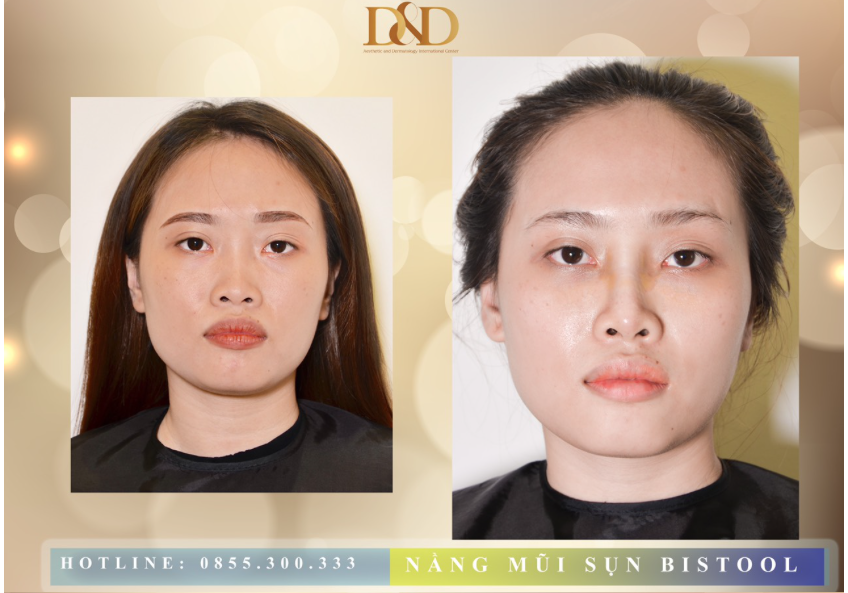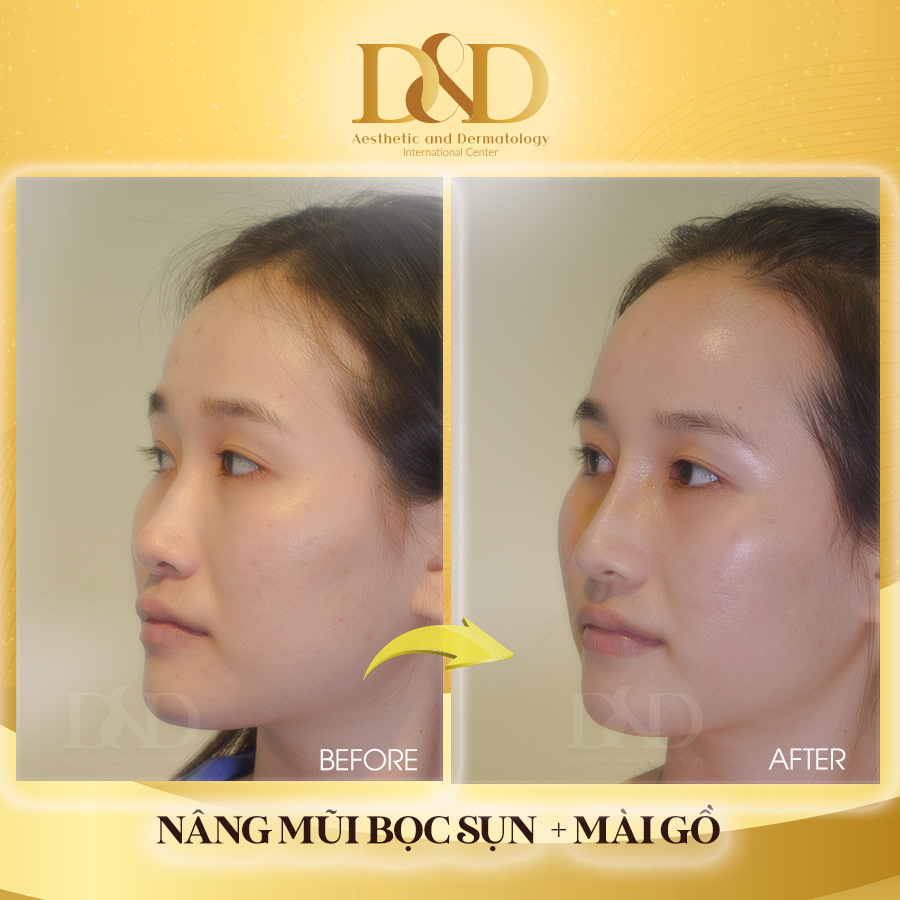%20-%20Copy.png)
In many cases, complications such as infections arise after rhinoplasty, especially in instances of structural rhinoplasty, rib cartilage rhinoplasty, or when infections and capsular contracture occur, necessitating the removal of the graft material. In such situations, doctors often recommend dermal fat grafting after cartilage removal. This method helps minimize unwanted complications during the removal of the implant material.
What is Dermal Fat?
Dermal fat, including subcutaneous fat and dermis after the epidermis has been removed, acts as a natural cushion in aesthetic procedures. It helps improve the condition of a damaged nose or complex issues following cartilage repair. This fat can be harvested from areas with abundant fat deposits, such as the lower buttocks, groin, and abdomen.
Once the dermal fat graft is placed, it will eventually develop a new circulatory system, stimulating cell and collagen production. This creates the optimal physiological conditions for subsequent nasal reshaping.
Dermal Fat Grafting After Cartilage Removal – A Temporary Solution
To address issues such as nasal infections, inflammation, and necrosis, doctors will remove the cartilage and excise the necrotic tissue. This procedure can leave the nasal skin with tissue deficits that cannot recover to its original state. Over time, the nasal muscles may contract and form scars, causing the nose to become deformed and unattractive.
Dermal fat grafting is considered a simple procedure with minimal irritation and affordable costs to improve the nasal shape and prevent contraction after cartilage repair. This process uses the patient’s own body fat, ensuring high compatibility and minimizing rejection reactions. For this reason, dermal fat grafting is viewed as the optimal method for those seeking to improve nasal issues after surgery.
Benefits of Dermal Fat Grafting After Cartilage Removal:
The advantages of dermal fat lie in its natural compatibility with the body, causing no irritation or rejection reactions. Specifically, this material has the capability to:
- Create a temporary cushion, preventing the contraction of scar tissue and avoiding nasal deformation.
- Regenerate lost soft tissue, filling and naturally enhancing the nasal structure after removing the graft material.
- Stimulate the formation of new blood vessels, increasing nutrient supply to the nasal tissue.
Dermal fat grafting offers better results than conventional fat grafting methods. The procedure does not require additional implants to maintain the nasal shape, thus avoiding rejection reactions from external materials and preventing inflammation, allowing for effective nasal recovery without complications from nasal contraction.
Although dermal fat is a natural body material, it tends to contract over time. Therefore, doctors often recommend dermal fat grafting as a temporary measure to address tissue deficits and stabilize the nose. However, the effectiveness of this technique is short-term, lasting from 1 to 5 years depending on individual physiology, making a second rhinoplasty necessary to achieve the best results.

45.png)




